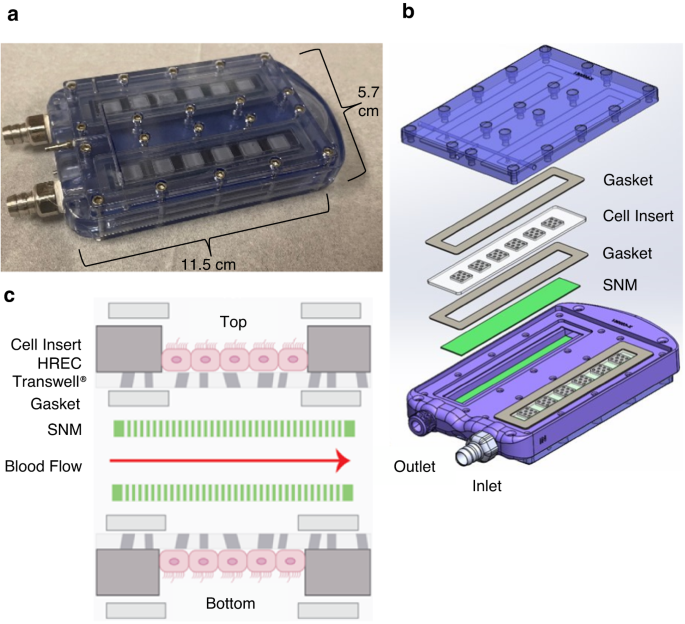Can an implantable artificial kidney finally free patients from dialysis?
In a recent article Kim, 2023 describe their groups work on a new approach to treating kidney failure (CKD5); that could one day free people from needing dialysis, or having to take harsh drugs to suppress their immune system after a transplant.
Why is this important?
The treatment for patients with end-stage renal failure (ESRF) is dialysis (which is invasive and inconvenient), or (in some) kidney transplantation. The latter remains limited by organ availability and post-transplant complications. Alternatively, an implantable bioartificial kidney could address these problems whilst enhancing the quality and length of patient life.
What did the study show?
An implantable bioartificial kidney requires a bioreactor containing renal cells to replicate key native cell functions; such as waste and water removal, and metabolic and endocrinological functions.
In the study, the authors report a proof-of-concept implantable bioreactor containing silicon nanopore membranes to offer a level of immunoprotection to human renal epithelial cells.
After implantation into pigs – without systemic anticoagulation or immunosuppression therapy for 7 days – they showed that cells maintain >90% viability and functionality; with normal or elevated transporter gene expression and vitamin D activation.

A fully assembled bioreactor prior to implant
Despite implantation into a pig model, the team found that cells exhibited minimal damage. And recipient cytokine levels were not suggestive of hyperacute rejection.
This initial study confirms the potential feasibility of an implantable bioreactor for renal replacement therapy (RRT) in humans, using silicon nanopore membranes.
How does this affect you?
It does not (today). But keep an eye on this branch of research. And when human studies start, why not volunteer?
Other resource
Why is kidney failure (ESRF) a problem?
Last Reviewed on 26 June 2024

